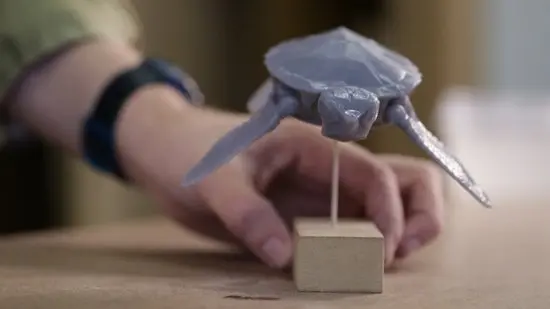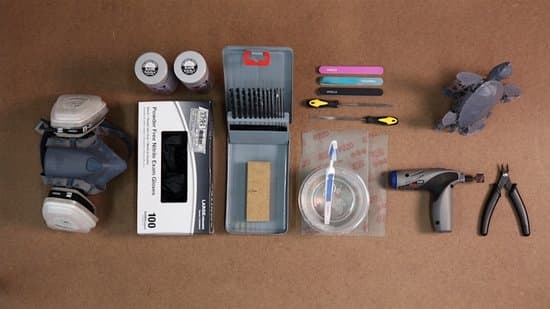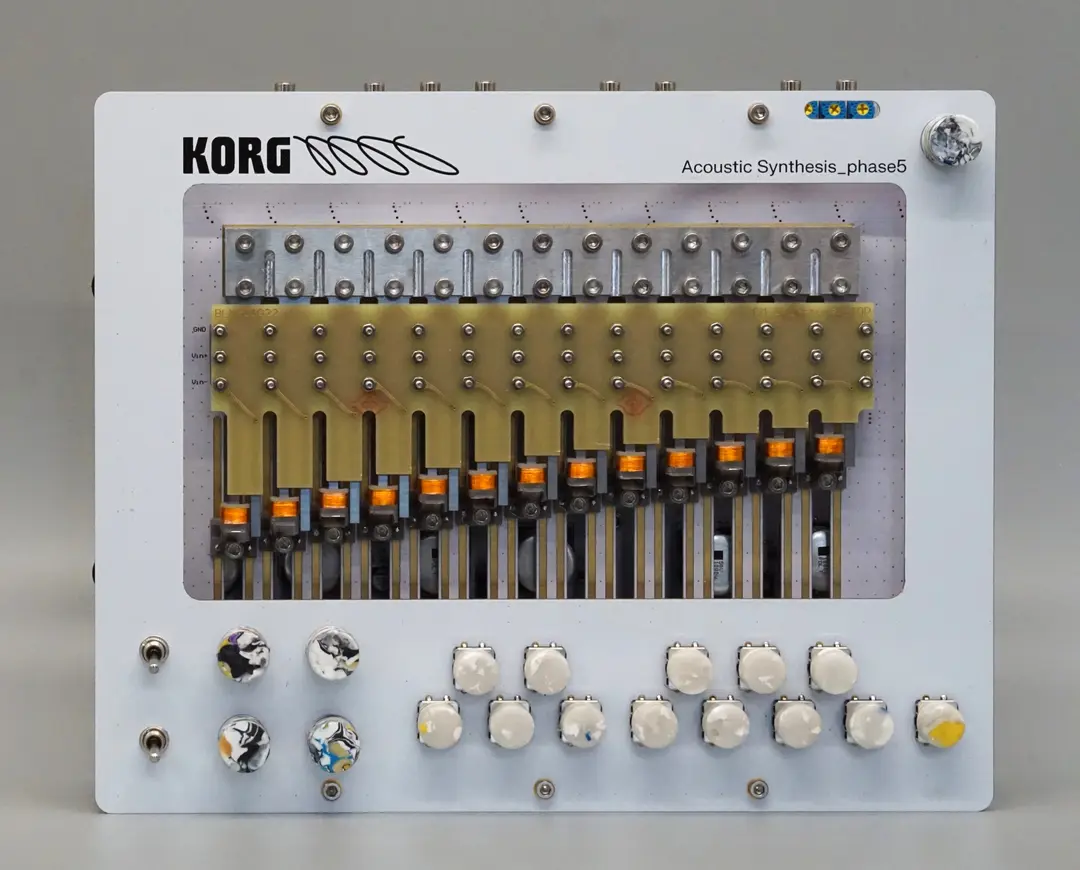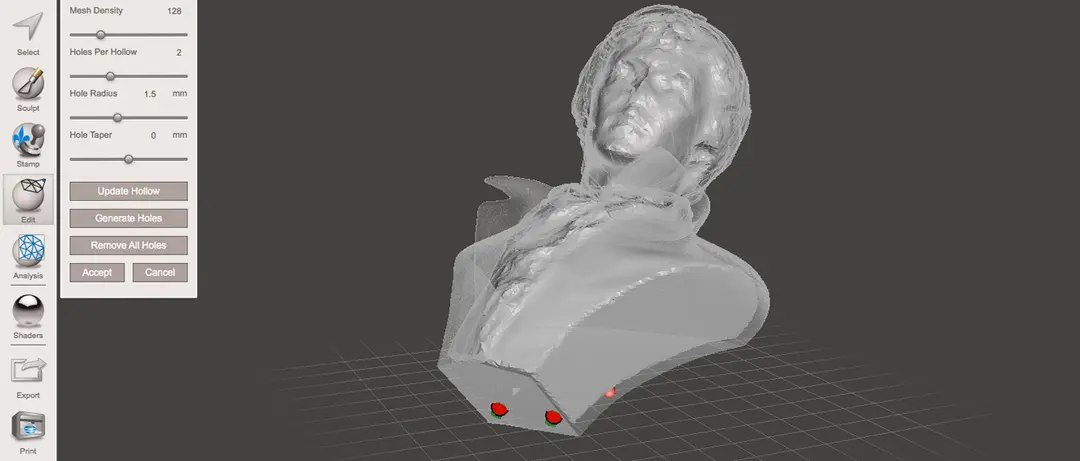Spray paint has an image problem. Most often seen on graffiti, dripping utility signs, and patch jobs on rusty cars, designers often use it for quick coverage and a flat surface instead of detailed, artistic effects. But with the right technique, spray paint creates smooth surfaces and deep color gradients.
Before you start, read part one of this tutorial series to learn how to prime your print and get it ready for painting.
This article is broken down into 4 sections. If you’re ready to paint, skip ahead to sections 3 and 4. Don’t have a Formlabs printer? Order one of Brian Chan's 3D printed models on Shapeways and follow along.
Table of Contents
Applications
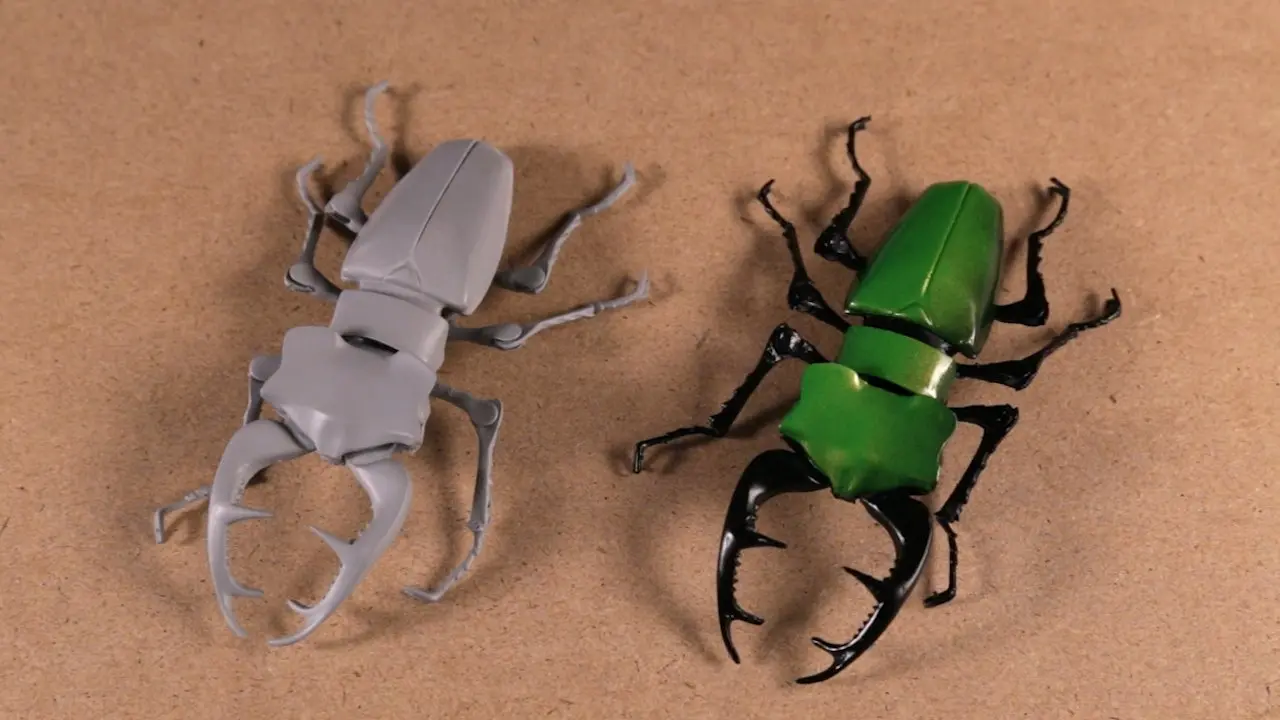
If you’re an industrial designer, digital artist, character designer, or model builder, this guide is for you. You’ll learn how to achieve a glossy, smooth finish similar to a car surface—transforming your part from a simple 3D print to a consumer product ready to display, using any 3D printer.
After priming your part, spray painting is a surprisingly quick process (with the right technique). For a glossy finish, you must build up thin layers of even paint over a pretreated surface. Thin coats allow under painted layers to show through, creating a rich, deep color. To spray thin coats, hold the paint can nozzle very close to the model and move quickly. Rotate the model to keep coats even.
Between coats, remember to buff and polish the paint surface. This maintains a smooth surface that will look glossy under the final clearcoat.
To get the richest color, add an undercoat layer. An undercoat is a colored paint that blocks the neutral color of the primer. Generally, it takes 2 to 3 thin layers to fully cover a surface. Black is a popular undercoat for darker tones, while white is ideal for light colors.
Between layers, masking preserves details in a particular color. Don’t leave general purpose masking tape on for more than a few days. Paint manufacturer Tamiya recommends that you complete spray painting in a single session.
After masking, the topcoats add the final color. Imagine these layers as a light glaze over the undercoat. The thinner the topcoat, the more the undercoat shows through. Between applications, let the paint sit for a few minutes to see if the color is saturated enough.
When you’re satisfied with the color, it’s time to move on to clearcoating. Apply the clearcoat in 1 or 2 thin, even layers. With a polished surface, you want just enough to let all the microdrops of clearcoat run together, forming a glossy shell over the part. While not necessary, you can polish the surface with an ultrafine grit polishing cloth or wax with carnauba polish to add an extra layer of protection.
After painting, give the model time to dry. There’s no hard and fast rule, but letting the model rest for at least a week will allow the paint to thoroughly harden. If you need to move the model before then, wear gloves and use a delicate touch to avoid damage.
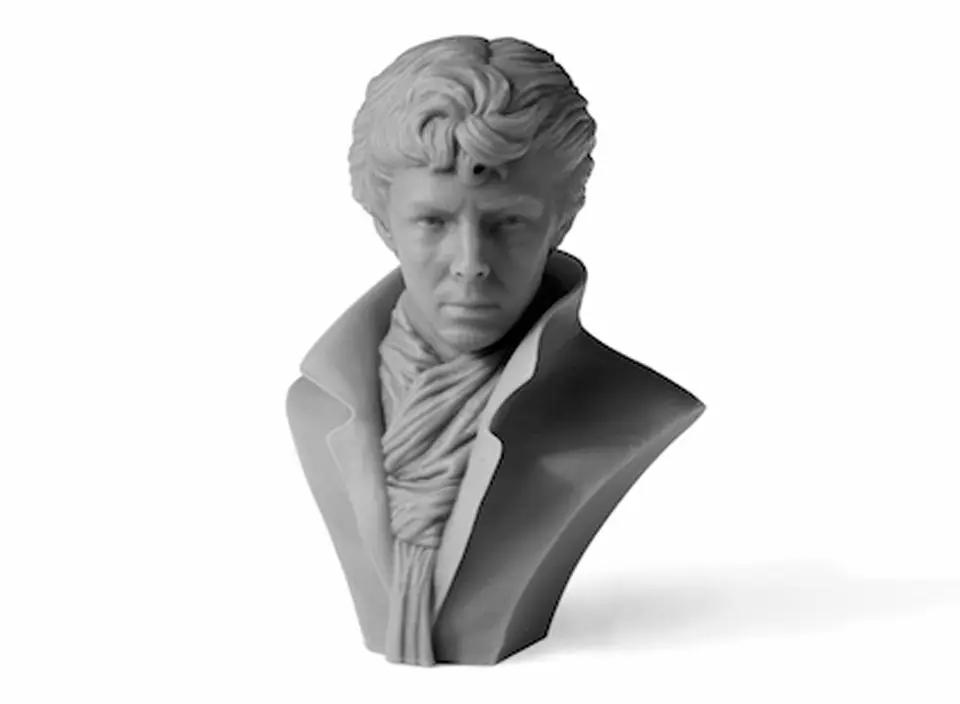
Request a Sample Part
See and feel Formlabs quality firsthand. We’ll ship a free 3D printed sample part to your office.
Request a Free Sample PartMaterials
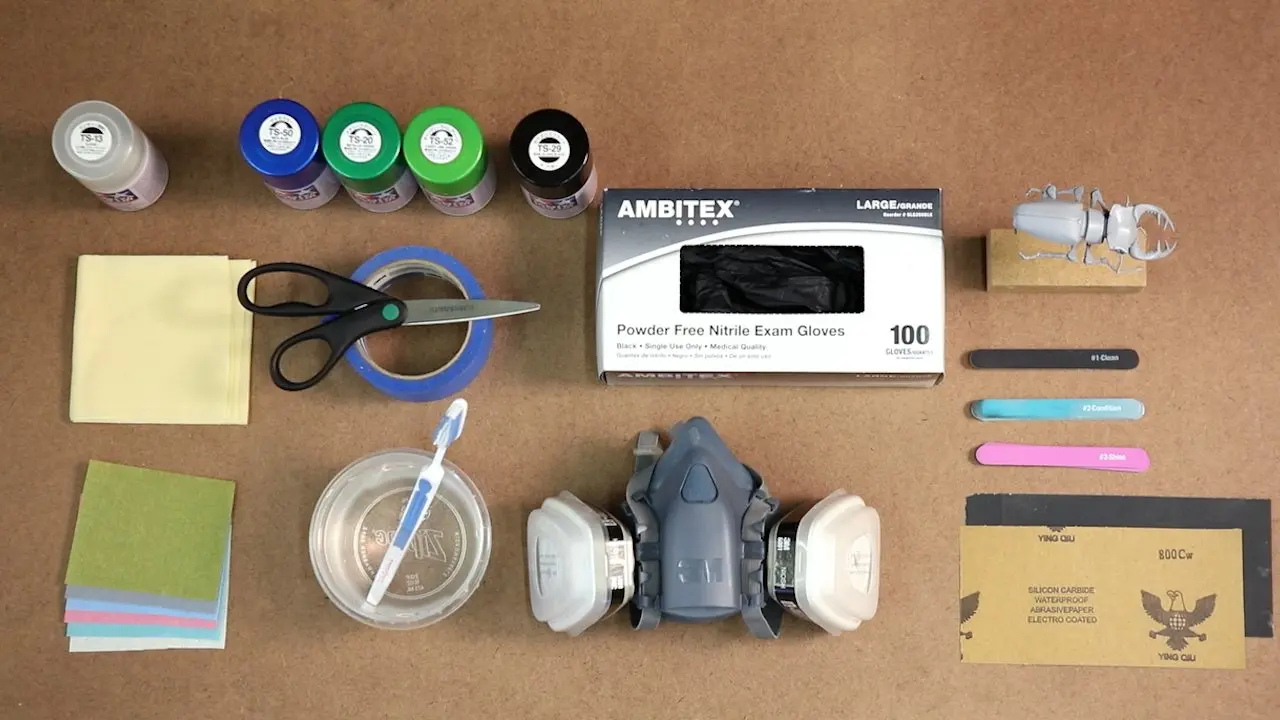
Paint
Choose thin paint that’s easy to control. Hardware store paint (or even fine art paints designed for rough surfaces) are the opposite of what you want. They tend to clump and form thick, rough layers. This is because they’re designed for quick, single use application. For the best detail, we recommend Tamiya spray paints. They offer a wide range of colors, including opalescent and glitter effects. The paints go on thin and provide great coverage. Tamiya paint is available on Amazon and specialty hobby shops. The TS line of synthetic lacquers works well on Formlabs resin and lets you transition to clearcoat or even hand-painted acrylic.
Buffing Sticks
Nail buffing sticks apply a polished finish on a primed and sanded part. Look for them in any drug store. Make sure you get the kind that come in a 3 stage system—skip the heaviest grit and move straight to the buffing and polishing sticks.
Fiber Backed Polishing Paper
A recent innovation, polishing paper comes in grits much like sandpaper, but it's much finer. The fiber backing lets you bend and flex the surface, while the fine grit is perfect for polishing topcoats and clearcoats.
Tack Cloth
Tack cloth is a cotton cloth with a waxy coating that removes dust and hair from a surface before painting. With a folded cloth, use long, gentle strokes on the surface, moving in a single direction.
Masking Tape
For most single-session paint jobs, standard blue painter's tape works best. Make sure to secure the edges by running a plastic part like a credit card over them to keep any paint from seeping underneath.
Clearcoat
While clearcoat won’t fix a poorly primed surface, it will help even out some surface imperfections and give you a choice of gloss or matte finishes. Using a Tamiya clearcoat will guarantee compatibility with your paint layers. If you’re working with another spray paint, check with the manufacturer for clearcoat recommendations.
Safety Equipment
Spray painting means working with airborne particulates and solvents that pose health hazards. Remember to use a NIOSH approved respirator and work in a well-ventilated workspace. While painting, wear nitrile gloves to prevent spray paint on your hands (and model).
Tool Checklist
- Paint (undercoat colors and topcoat colors)
- Buffing Sticks
- Fiber Backed Polishing Paper
- Tack Cloth
- Masking Tape
- Clearcoat
- Safety Equipment: gloves and mask
Steps
1. Start with a primed and mounted part.
If you haven’t removed supports and sanded the surface yet, get all the details in our priming how-to.
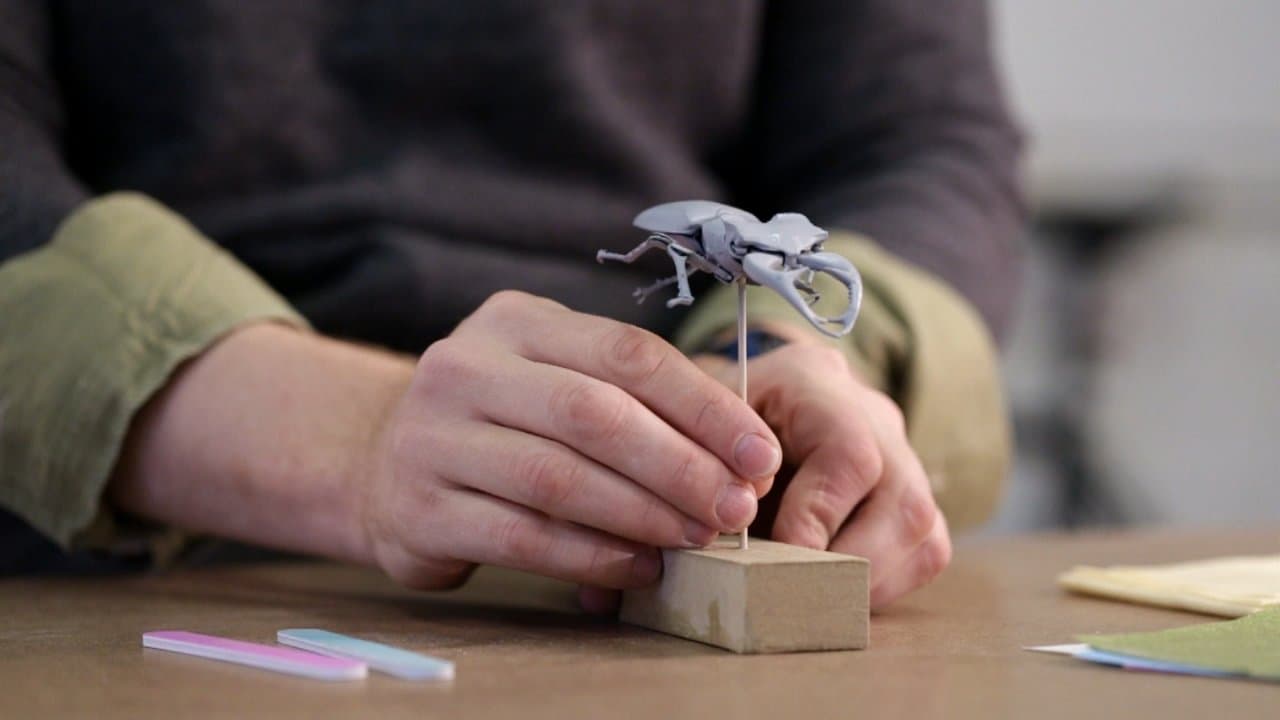
2. Buff and polish the primed surface.
Using the nail buffing sticks, gently polish the surface starting with level #2 (buff) and finishing with level #3 (polish). Afterwards, the surface will look glossy.
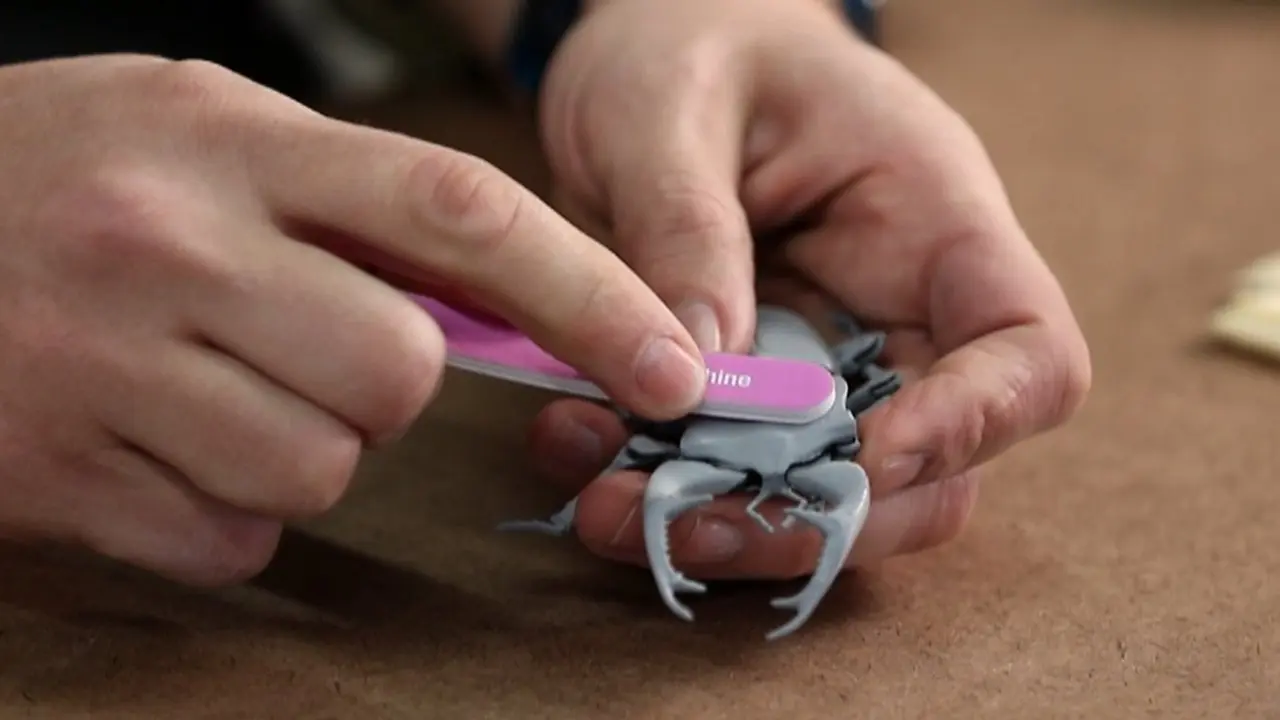
3. Clean off the dust.
Run a tack cloth gently over the surface of your model to remove any residual dust. Use a light touch and move in the same direction of the surface.
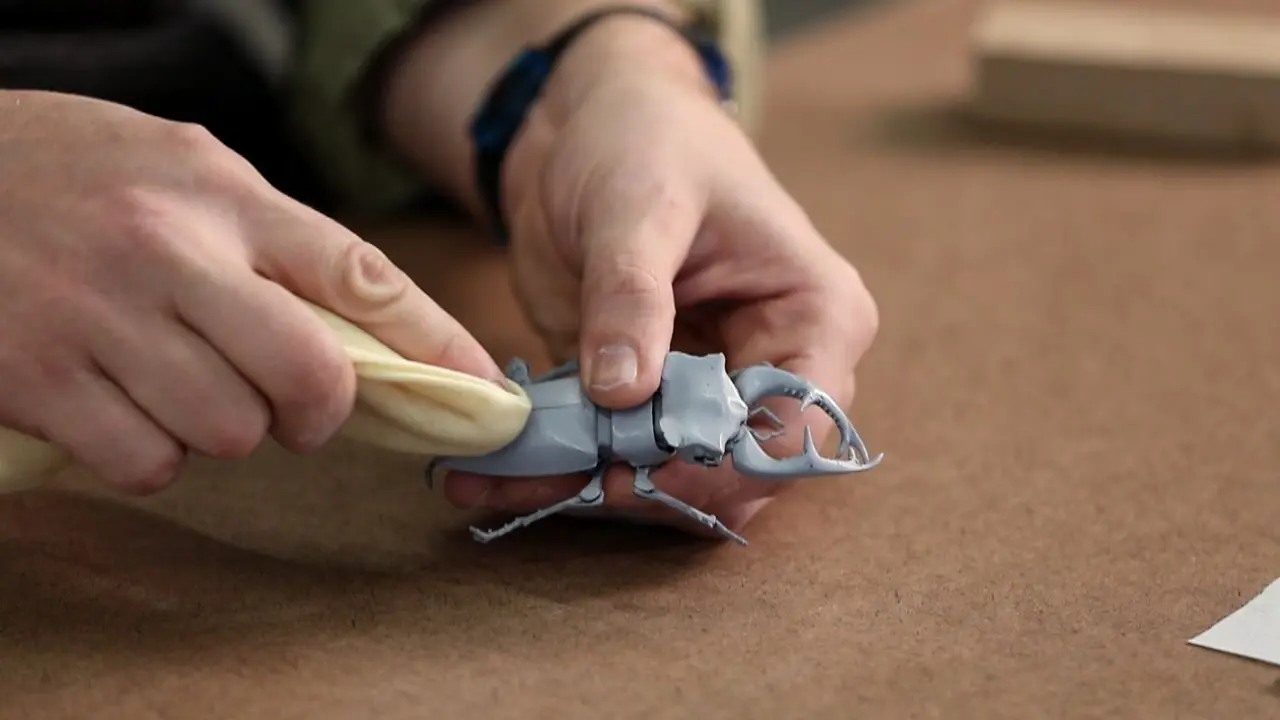
4. Get ready to paint.
Suit up with your respirator and gloves. Stir your paint by gently swirling the internal mixing bead (called a “pea”) in the can for 2 to 3 minutes. The goal is to gently mix the pigment without shaking up the gaseous propellant, since this can cause bubbles in your spray.

5. Spray on the undercoat.
Always start and end your spray off of the model to get the most even finish. Keep the nozzle about 6” away and move quickly across the surface while rotating the direction of spray around the model. Your first few layers should look translucent. Once you have an opaque coat, let the model sit for 20 to 30 minutes to give the thin layer of paint time to dry. 2 to 4 layers will form an even coat.

6. Polish between layers.
Using the finest sanding paper and polishing stick, lightly treat the model between coats of paint. This will continue to refine the surface. Do this between each step from now on.

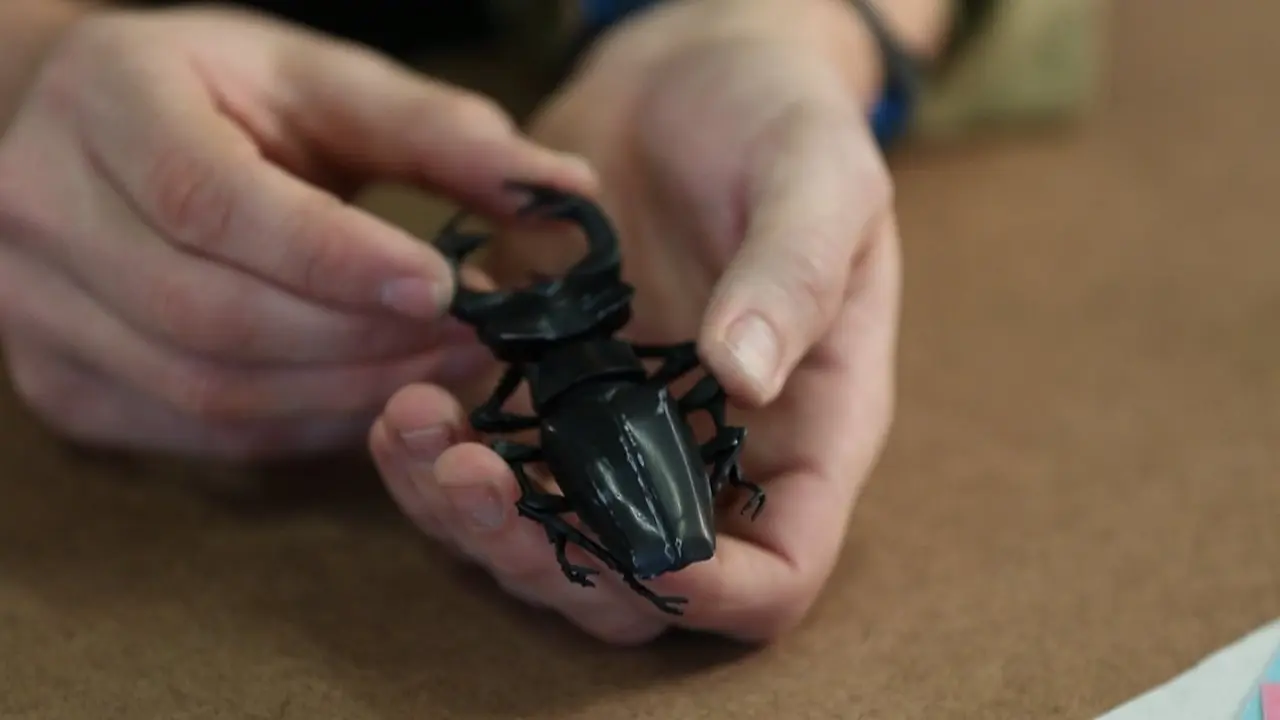
7. Mask off areas you want to preserve in the undercoat.
Cut the masking tape with scissors or an X-Acto knife. Apply the tape firmly. Press down on the edges to keep paint from seeping underneath.
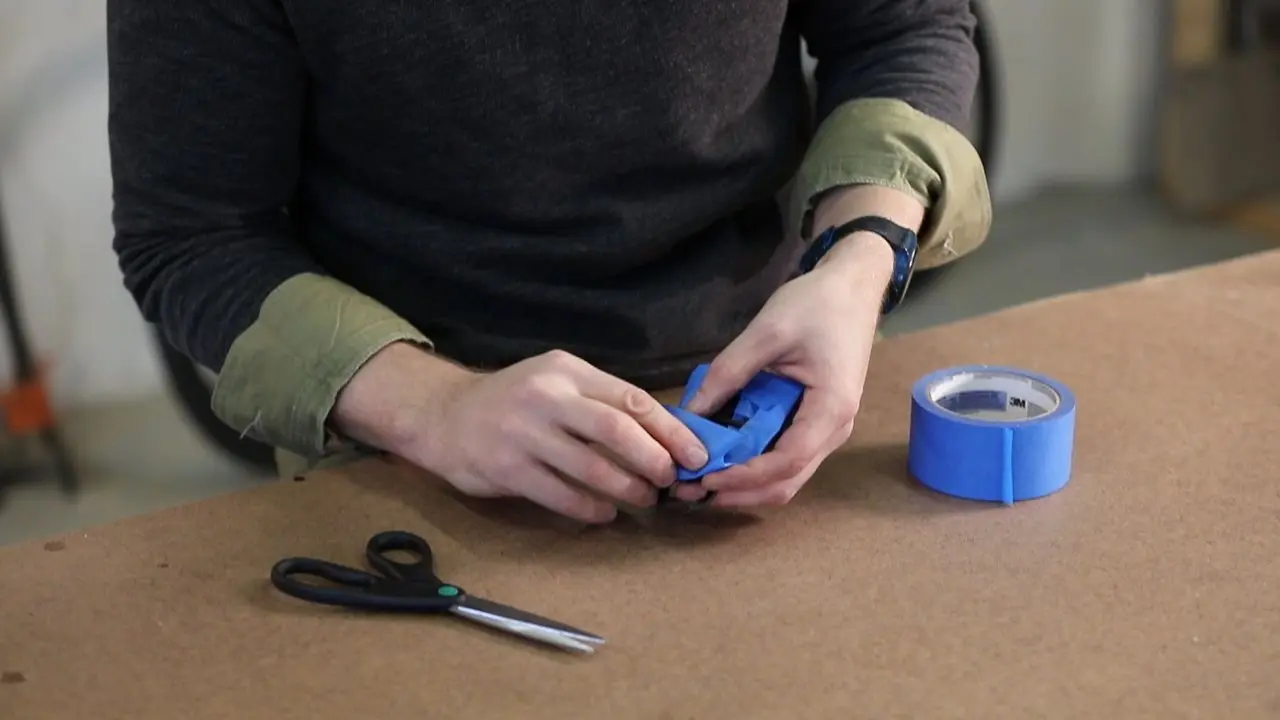
8. Apply the topcoat (optional).
By applying a contrasting color, you can create gradients or rich color blends. If you want the undercoat to show through, go easy on the paint — 1 to 2 light coats is enough.

9. Finish with clearcoat.
If you’ve polished the model between steps, then 1 to 2 light coats of clearcoat will make the surface look glossy (the topcoat will be nearly glossy by itself after polishing). Matte coats are also available and will protect your model for years.


Send us a tweet or post on Instagram (@formlabs) to show us your work.
Learn More About SLA 3D Printing
We’d like to thank our friend and colleague Brian Chan (@chosetec) for the incredible Articulated Stag Beetle model. Support his designs at his Shapeways shop.
